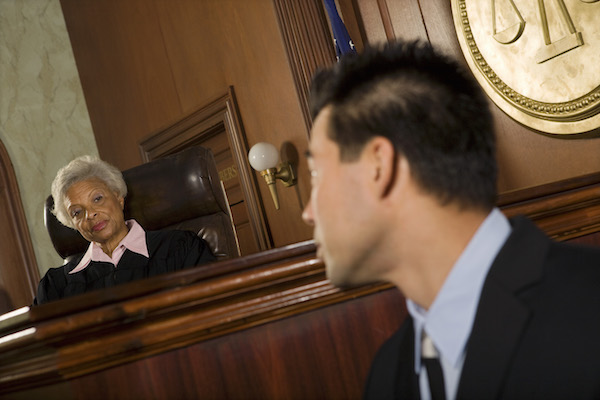
By Thomas M. O’Toole, Ph.D.
One of the most commonly-cited statistics in communication studies is that verbal communication (i.e. the words that are actually said) constitutes only 7% of how the credibility of a message is determined. 38% is the vocal quality of the message (i.e. tone, etc.), and 55% is the nonverbal component. Some scholars have disputed how these numbers have been interpreted, but research has shown over and over again that how something is said is more important than what is actually said. Setting the research aside, anyone who has ever been in a serious relationship has lived this reality.
For this reason, one of the most important parts of a witness’s testimony is the “eyeball test.” In other words, does he or she look and sound like the kind of person he or she is being portrayed as? One of the most obvious examples of the eyeball test is in medical malpractice cases. So much of jurors’ opinions in medical malpractice cases boil down to them looking at the doctor as he or she testifies and asking themselves if he or she seems like the kind of doctor they would want treating them. If the answer is yes, the jurors will often explain away bad facts. If the answer is no, those bad facts become more salient. Reiterating this phenomenon, a 2018 national survey conducted by Sound Jury Consulting found that 59% of respondents believe they can tell if someone is a good doctor just by meeting him or her and having a conversation.
Nobel Prize-winning psychologist Daniel Kahneman calls this the “law of least effort,” noting that “if there are several ways of achieving the same goal, people will eventually gravitate to the least demanding course of action.” The he said/she said dynamic of trials is difficult for jurors. It can be very difficult to determine who is credible and telling the truth. The most reliable course of accomplishing this (i.e., actually digging through the piles of exhibits, analyzing the arguments, etc.) is sometimes the most difficult. This is why so many jurors rely on the “eyeball test.” For example, a product developer who comes across as not wanting to be there and not caring about the questions that are being asked by the opposing counsel may come across as someone who does not take seriously the issue of safety. Or an arrogant police officer might come across as the type of cop who believes he is above the law and more likely to engage in questionable conduct.
Shockingly, witness prep sessions rarely address the performance of the witness, instead focusing on the substantive issues, what to say and what not to say. Obviously, it is important for witnesses to give good substantive answers, but as the statistics and data from trial research show, the substance alone is not enough. I have seen corporate representatives nail the substance of their testimony, only to have it completely dismissed by jurors because they did not find it credible. Conversely, I have seen likable witnesses screw up an answer, only to have jurors explain it away as something harmless.
This is why it is so important to devote a significant portion of witness prep sessions to practicing the testimony. Witnesses need to practice their vocal and nonverbal delivery of the testimony to ensure that it does not conflict with the substance of the testimony. This also allows attorneys to more accurately gauge what the expectations should be for the witness’s impact. This kind of practice allows these problems to be addressed before the deposition or trial testimony rather than be realized when it is too late.




